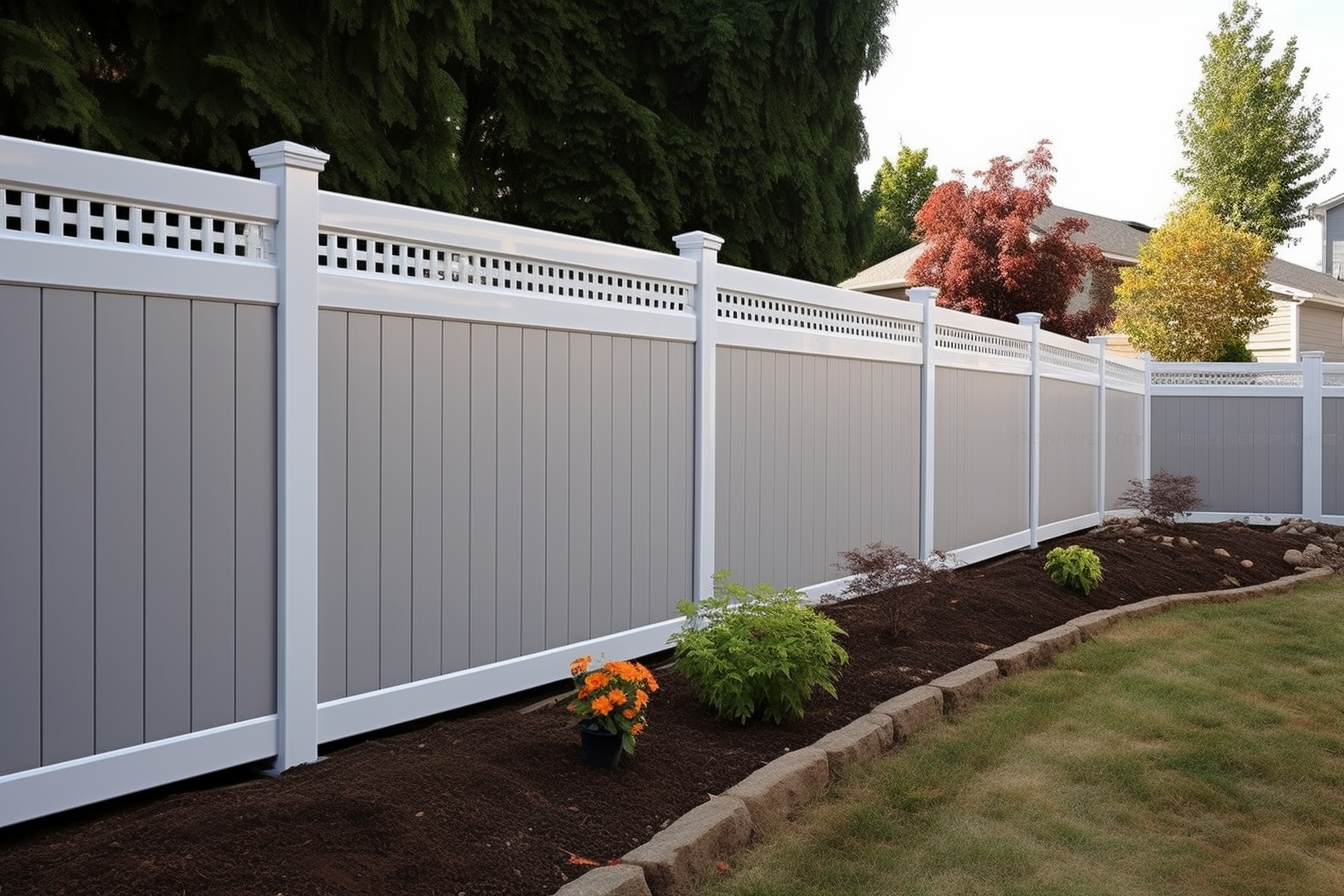Stylish Garden Fences: Privacy, Security & Curb Appeal
A garden fence does more than mark property lines — it shapes how your outdoor space looks, feels, and functions. Discover options for wood, vinyl, and aluminum, learn how to pick the right height, explore creative design ideas, and compare installation costs to find the best fence for privacy, durability, and style.

A well-chosen garden fence does far more than simply enclose a yard. It can enhance curb appeal, create private retreats, protect plants and pets, and serve as a decorative backdrop for landscaping. Whether you want a low decorative border or a tall privacy wall, choosing materials, heights, and details with care will help your outdoor space look great and perform well for years.
Which materials are commonly used for garden fences?
Several materials dominate the garden-fencing market because they combine appearance, longevity, and practicality. Each material has advantages and trade-offs, so the right choice depends on your priorities.
Wood remains a timeless option thanks to its natural warmth and versatility. It can be painted, stained, or left to weather gracefully, and styles range from picket and picket-top panels to full privacy boards. Cedar and redwood are common choices because they resist rot and insect damage better than many other timbers. The main drawback is maintenance: wood usually needs periodic sealing, staining, or painting to preserve appearance and prevent decay.
Vinyl fencing has grown in popularity because of its low-maintenance profile. Available in numerous styles and colors, vinyl resists fading, cracking, and peeling. It doesn’t require painting and is easy to clean with soap and water. While the initial outlay can be higher than pressure-treated wood, vinyl often proves economical over time due to minimal upkeep and long service life.
Aluminum provides a sleek, modern aesthetic and is prized for strength without weight. It doesn’t rust, so it’s a smart pick for humid or coastal locations. Aluminum fences come in many styles and can be powder-coated to match your palette. They’re excellent for defining boundaries and providing security while maintaining open sightlines.
How do I choose the right height for my garden fence?
Fence height should reflect local rules, privacy needs, and the visual effect you want to achieve. Many municipalities restrict fence heights, especially in front yards, so check zoning and HOA regulations before you plan.
Typical residential fence heights run from about 3 to 8 feet. Low edging fences (2–3 feet) are ideal for defining beds, keeping small animals out, or adding a decorative frame without blocking views. For full privacy—screening neighbors or a busy street—6 to 8-foot fences are common and effective.
If your yard slopes, you can use stepped panels, angled cuts, or continuous slats set on a gentle grade to maintain a consistent look. Be mindful that very tall, solid fences can create a closed-in feeling; consider combining solid panels with open sections or varying heights to strike a balance between seclusion and openness.
What are some creative design ideas for garden fences?
Fences are an excellent canvas for creativity. Lattice inserts and trellis panels provide partial screening while supporting climbers like clematis or jasmine, softening the boundary with greenery. Horizontal slats offer a modern, expansive feel and can make narrow gardens look wider.
Mixing materials—such as pairing wooden panels with metal posts or incorporating glass inserts—creates visual interest and a more customized appearance. Built-in planters or bench seating along a fence maximize functionality in compact gardens, turning a boundary into usable space.
Living fences—hedgerows or closely planted shrubs and trees—offer a natural alternative, creating habitat for wildlife and a softer, evolving border. Decorative touches like caps, carved panels, inset lighting, or painted accents can transform a simple barrier into a design focal point that complements your home.
How much does it cost to install a garden fence?
Costs vary based on material, height, length, and installation complexity. Below is a general guide to installed prices per linear foot for common materials. These are estimates and will differ by region, design choices, and site conditions.
| Material | Average Cost per Linear Foot (Installed) | Expected Lifespan | Maintenance Level |
|---|---|---|---|
| Wood | $15 - $30 | 10–20 years | High |
| Vinyl | $20 - $40 | 20–30 years | Low |
| Aluminum | $25 - $45 | 30+ years | Low |
Prices, rates, or cost estimates mentioned in this article are based on the latest available information but may change over time. Independent research is advised before making financial decisions.
Beyond material prices, other factors affect total cost: the fence’s height and length, gate and hardware requirements, the need to remove old fencing, rocky or sloped terrain, and any decorative or custom elements. Labor rates vary widely by location and whether the installation requires concrete footings or trenching. While wood can be less expensive up front, plan for staining, sealing, and potential replacement boards over time. Vinyl and aluminum often cost more initially but typically need much less maintenance.
When planning, get multiple quotes, ask for references and examples of past work, and make sure any contractor pulls required permits. Factor long-term upkeep into your budget so you compare not just the initial expense but the total cost of ownership.
A garden fence is more than a practical edge; it’s an investment that shapes how you use and enjoy your outdoor space. By weighing materials, height, design, and long-term maintenance, you can choose a fence that protects privacy and pets, enhances security, and becomes a stylish element in your landscape. With thoughtful planning, the right fence will add value and personality to your garden for years to come.






